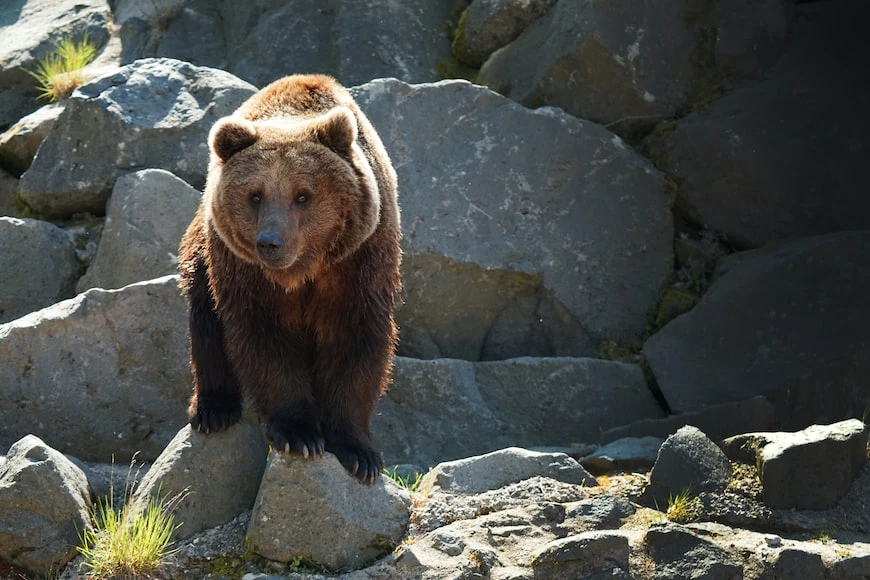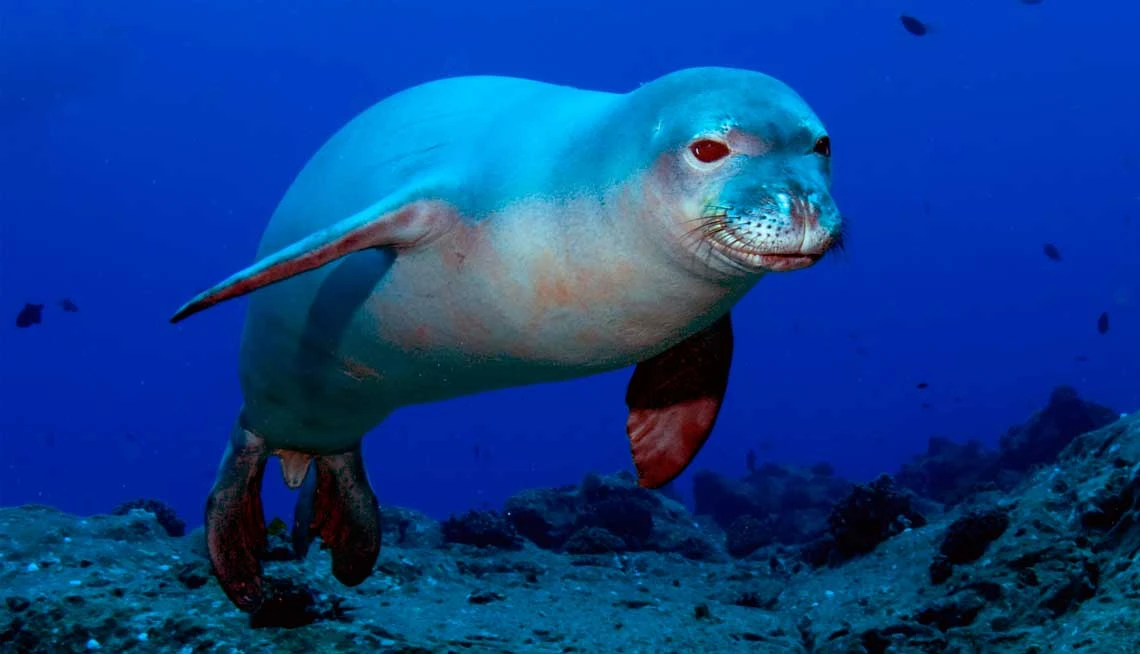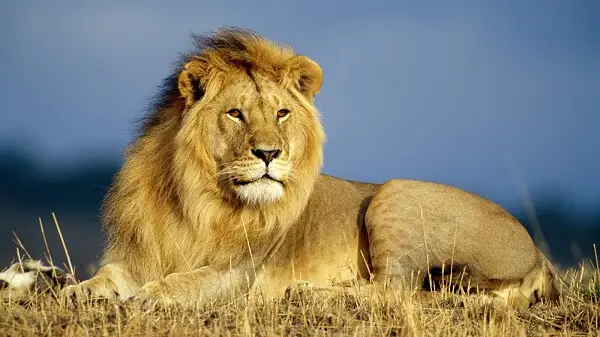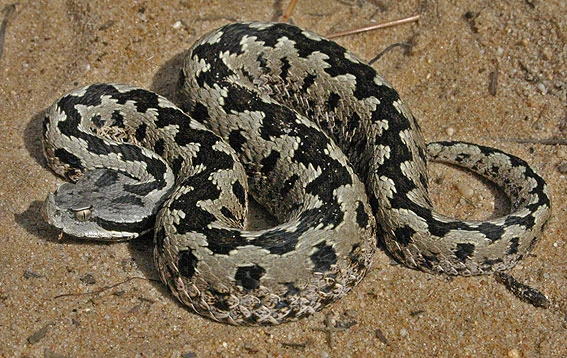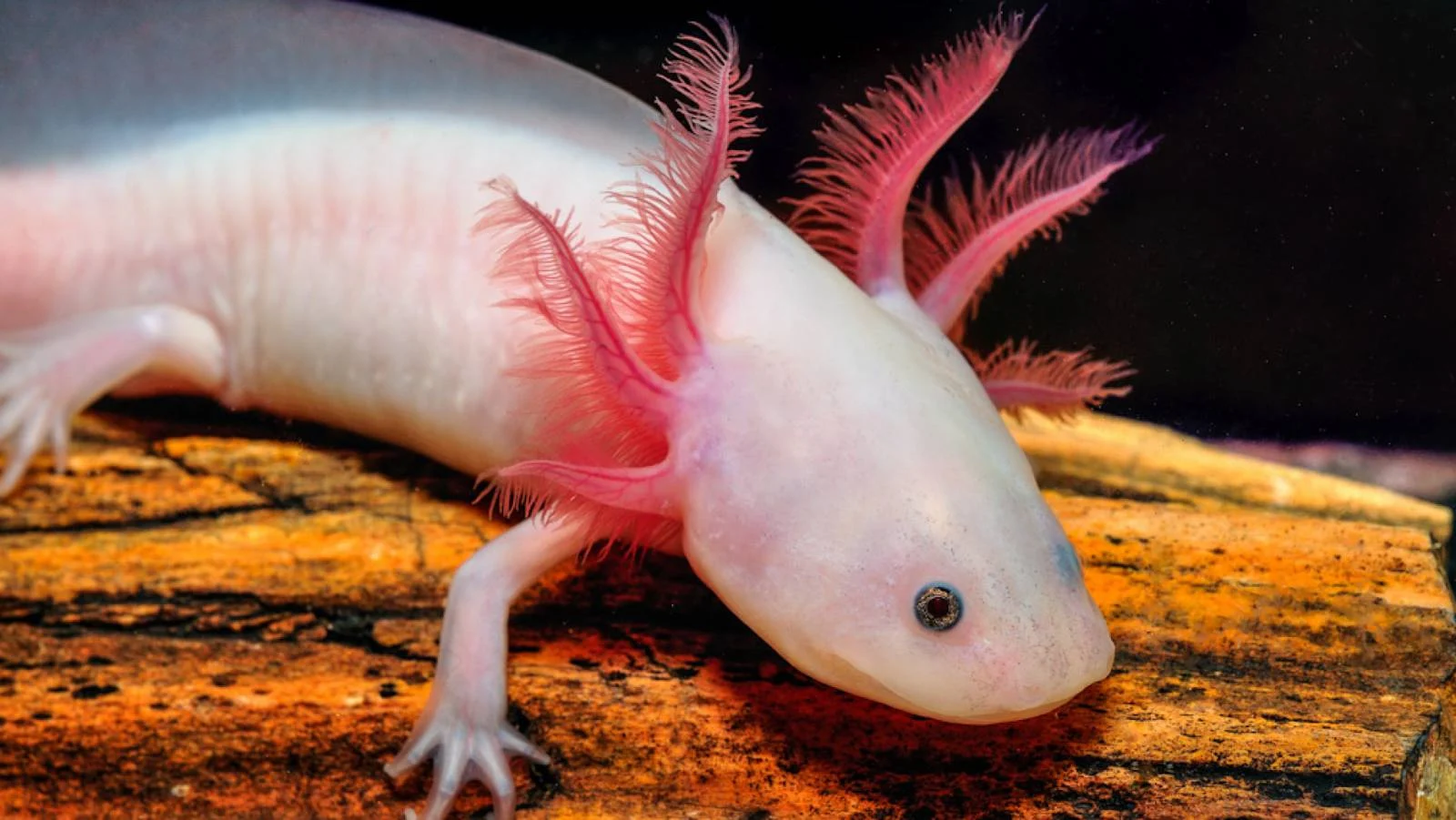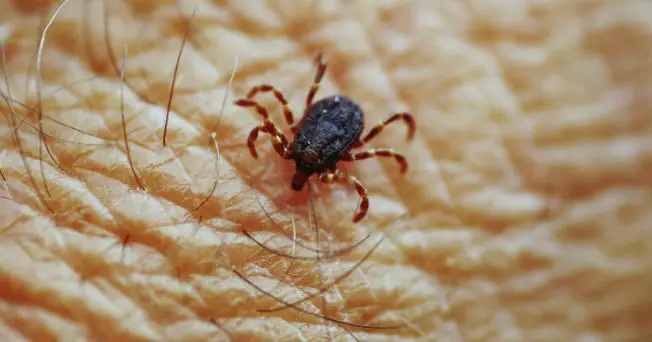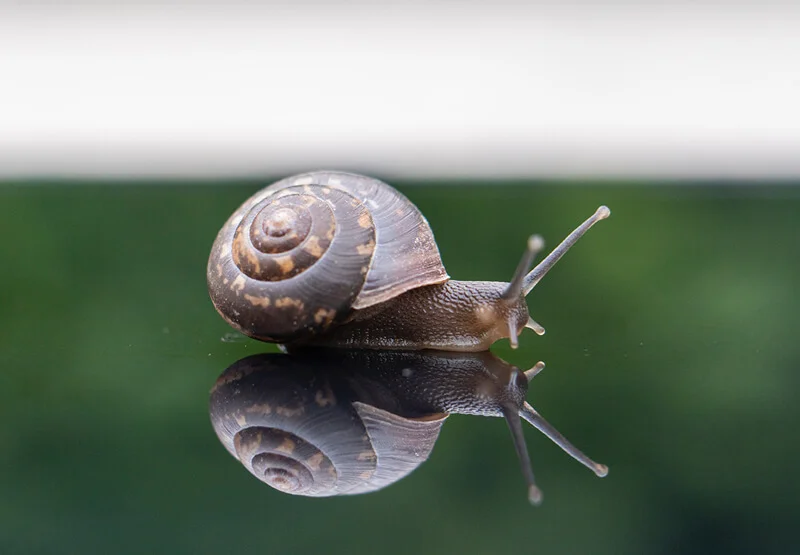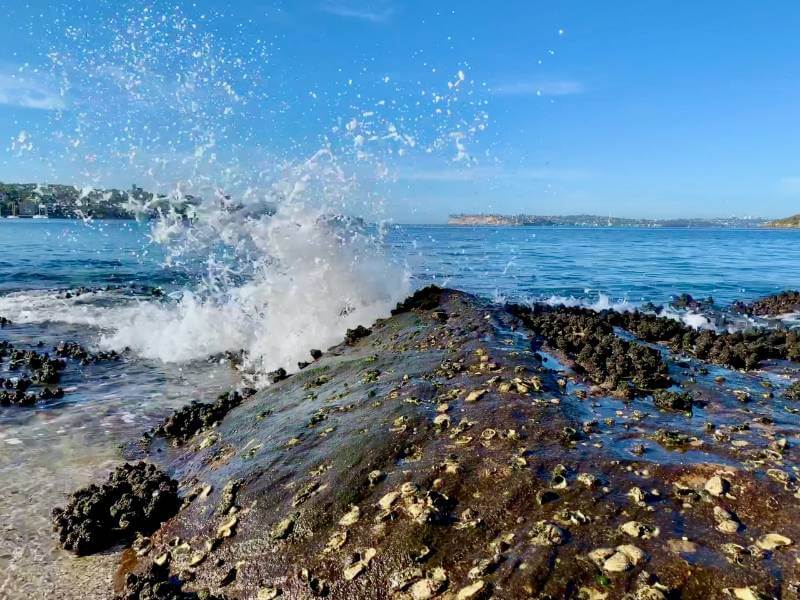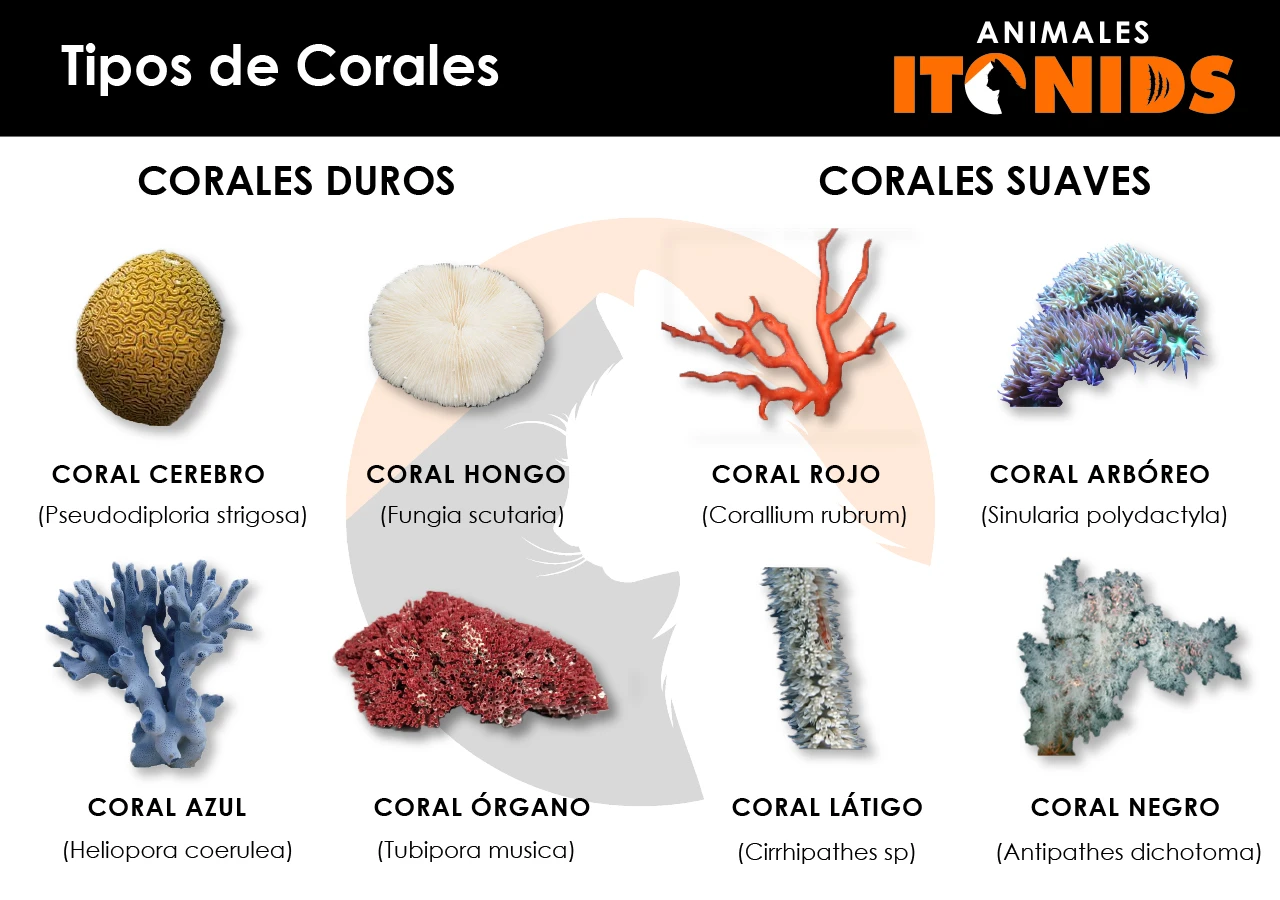THE WORLD OF THE ANIMAL KINGDOM
This kingdom includes all animals existing on land, water, and sky. It is a very extensive kingdom (the widest of the 4 existing ones and to which humans belong). Learn about the animals you like the most! About those that are endangered, about your pets, and even be amazed with some curious facts.
Groups and classification of animals
Vertebrates
This group includes animals with a spinal column or backbone; this skeleton can be of bony nature (bone or very similar material) or cartilaginous (whitish, solid, resistant, and elastic connective tissue). Vertebrates comprise mammals, birds, reptiles, amphibians, and fish.
They are warm-blooded and have skin covered with hair. These feed their young through milk produced by their mammary glands. The vast majority of mammals are viviparous (meaning they develop inside the mother’s womb), but there are some exceptions such as the platypus and the echidna.
There are more than 5,410 species. The largest belonging to this group is the blue whale, its size can be between 27 to 30 meters in length and it can weigh up to 150 tons; while the smallest is Kitti’s hog-nosed bat weighing just 2 grams.
Most of them have two pairs of limbs.
- No Comments
- No Comments
- No Comments
The main characteristic of this group is having the body covered with feathers and the upper limbs transformed into wings, most (almost all birds) can use these to fly as they have an aerodynamic and lightweight structure; they are equipped with air sacs (diverticula), which occupy the inside of the bones and other parts of the body. They have beaks of varied shapes and dimensions. They are oviparous (born from an egg).
The smallest bird is the bee hummingbird at 6.4 cm and the largest is the ostrich at 2.74 m.
Do you know the incredible variety of exotic birds you can see? These types of birds are found in tropical rainforests and some, due to modifications by humans, are also considered of this type, an example is the canary.
- No Comments
The main characteristic of this group is that they breathe through gills; these extract the oxygen dissolved in the water and transfer the carbon dioxide to the environment. There are more than 21,000 species of fish, making them the largest group of vertebrates on the entire planet.
40% are freshwater, while the rest live in the seas; although there are some species capable of moving from one environment to another. They have highly developed sensory organs that allow them to detect vibrations, which warns them of the presence of a predator.”
These animals have their bodies or a part of them covered in scales and a body temperature that varies depending on the environment’s temperature. The tongues of reptiles have different functions depending on the species; saurians use them to pick up, taste, and swallow food; chameleons use them like a kind of slingshot to capture insects; some geckos use it both to catch prey and to clean the transparent structure covering their eyes.
They communicate in various ways, whether by sound emission, visually, or through pheromones. The existing reptiles are currently classified into five main groups: turtles, saurians, ophidians, crocodiles, and the tuatara (referred to in the singular as it is the only species belonging to this group).
- No Comments
This group includes three orders: salamanders and newts (urodeles or caudates: equipped with tails), frogs, toads, and tree frogs (anurans: tailless), and caecilians (apods: legless). These were the first vertebrates to be on dry land, and today there are more than 6,347 species worldwide.
They can live both on land and submerged in water; for example, frogs and toads, which as young live with gills under water, but undergo metamorphosis to develop lungs. The most evolved amphibians, such as salamanders, are the only ones that have completely freed themselves from rivers, lakes, and ponds.
- One Comment
- No Comments
Invertebrates
Invertebrates constitute the broadest group of animals; these are all organisms that do not have an internal skeleton and were the first living beings to develop on Earth. The vast majority of this group are vermiform (worm-like in shape), of all types and sizes that have colonized all terrestrial ecosystems. Mainly, this group includes sponges, cnidarians, flatworms, rotifers, annelids, mollusks, arthropods, echinoderms, and hemichordates.
They are arthropods characterized by having a body divided into head, thorax, and abdomen. Their head comprises the eyes, mouth, and antennae. Their thorax has three segments, all equipped with a pair of legs (i.e., they have six legs); on the last two segments are the wings, which are generally two pairs. Finally, there is the abdomen, containing the reproductive organs. This is the broadest group of invertebrates.
Belonging to the arthropods, there are more than 102,000 species. This group includes spiders, scorpions, ticks, and mites. Their head and thorax are joined. They have four pairs of legs and lack antennae. The first two extremities are used for capturing food. Many spiders produce a silk thread with which they build webs, with these they trap their prey and also protect the eggs in the nest.
- No Comments
- No Comments
- No Comments
These are non-segmented bodied creatures and, like other invertebrates, lack a skeleton. Most live in the sea, but there are some in freshwater and on dry land. They generally have a foot attached to the belly that allows them to crawl (gastropods), dig (bivalves), or swim and capture food (cephalopods); they generally also have a shell on their back.
This group includes clams, razor shells, scallops, oysters, squids, octopuses, slugs, and a great variety of snails.
- No Comments
- No Comments
They are better known as worms, but from an evolutionary point of view, they are related to mollusks. Their body is segmented into many rings. This group includes earthworms, marine worms, and leeches. There are more than 16,700 species. They can measure from less than a millimeter to more than three meters.
- No Comments
- No Comments
These invertebrates have different bodies but with similar characteristics, the most common are: sea lilies, starfish, sea urchins, etc. Their name comes from “spiny skin” and some of these animals have their bodies covered in thorns or spines.
One of the most striking features is their ability to regenerate: if a part of the body detaches (for example, an arm), it can regenerate. Currently, there are approximately 7,000 species.
Cnidarians are marine invertebrates with a mouth surrounded by tentacles that generally have stinging cells used to stun or kill prey.
Some animals in this group live attached to rocks or hard supports, while jellyfish, on the other hand, move by contracting their bell-shaped bodies.
- One Comment
- No Comments
Crustaceans are marine arthropods, distinguished from other arthropods by having two pairs of antennae and breathing through gills. Their body is divided into a variable number of segments.
There are more than 67,000 species of crustaceans. This group includes lobsters, crabs, prawns, and barnacles. They can live in seas, freshwater, and brackish water (which has more dissolved salt than freshwater but less than seawater). One of the most well-known crustaceans is the Antarctic krill.
- No Comments

